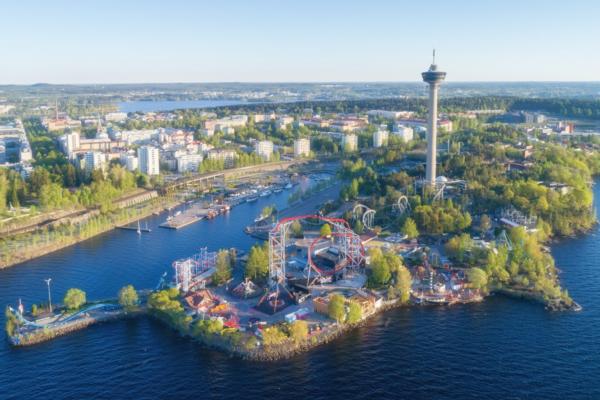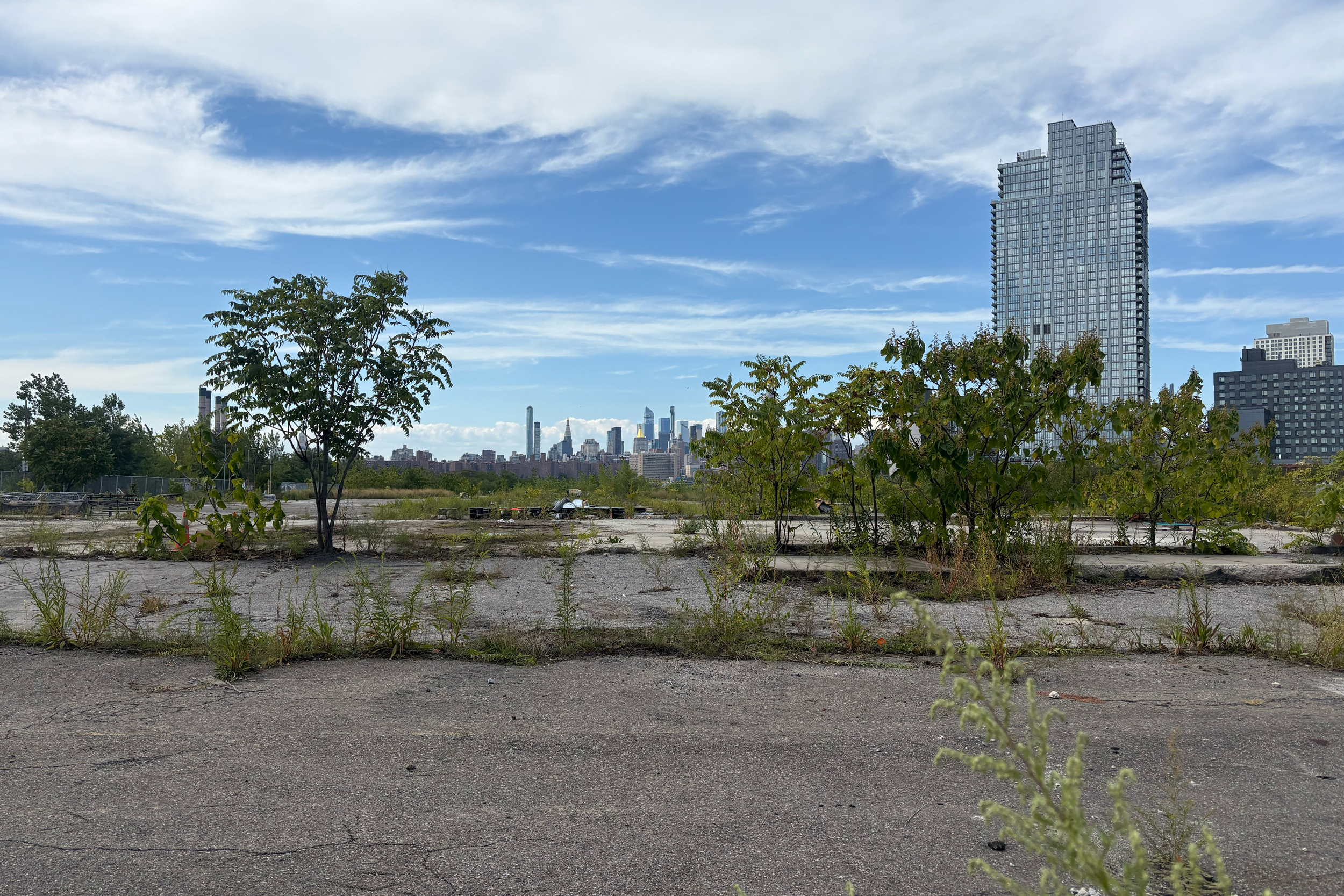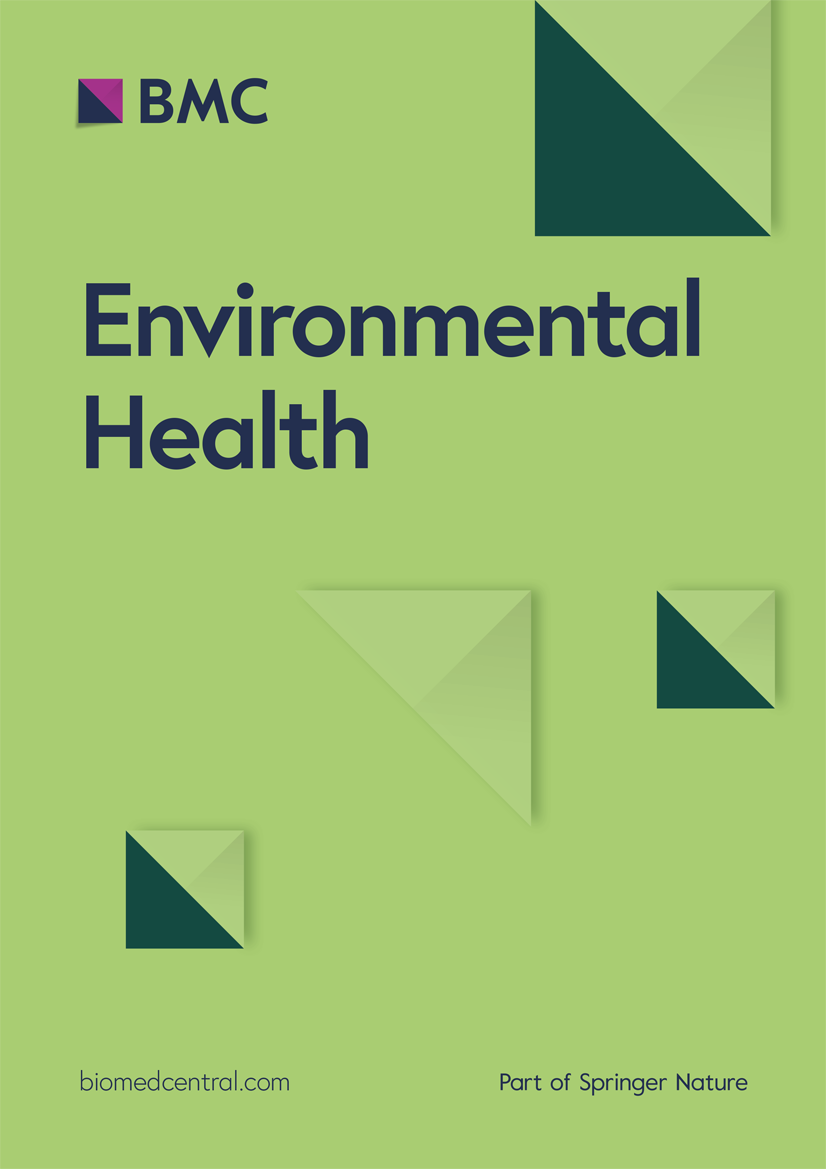Report on Tampere’s Smart City Development Initiative and Alignment with Sustainable Development Goals
Programme Overview
The city of Tampere has coordinated its urban development through the four-year “Smart City for Citizens” programme. A key component of this initiative is a public survey designed to facilitate resident participation. This survey provides an opportunity for citizens to contribute to the future development of Tampere by sharing their preferences for digital tools and services.
Alignment with Sustainable Development Goals (SDGs)
The programme’s focus on citizen-centric digital development demonstrates a strong commitment to several United Nations Sustainable Development Goals (SDGs).
-
SDG 11: Sustainable Cities and Communities
The initiative directly supports Target 11.3 by enhancing inclusive and sustainable urban planning and management through participatory processes. By soliciting feedback from residents, Tampere is ensuring that its evolution as a smart city is equitable and meets the needs of its inhabitants, making the city more inclusive, safe, and resilient.
-
SDG 9: Industry, Innovation, and Infrastructure
The development of digital tools and services as part of the smart city framework contributes to building resilient infrastructure and fostering innovation. This aligns with Target 9.1 by developing sustainable and resilient infrastructure and with Target 9.c by seeking to significantly increase access to information and communications technology.
-
SDG 16: Peace, Justice, and Strong Institutions
The survey mechanism is a practical application of Target 16.7, which aims to ensure responsive, inclusive, participatory, and representative decision-making at all levels. By empowering citizens to help shape their digital environment, Tampere is building more effective, accountable, and transparent institutions.
Conclusion
The “Smart City for Citizens” programme in Tampere serves as a model for integrating technological advancement with principles of sustainable and inclusive urban development. The outcomes of the resident survey will be instrumental in shaping a smart city framework that is not only technologically advanced but also fundamentally aligned with global sustainability objectives.
Analysis of Sustainable Development Goals in the Article
1. Which SDGs are addressed or connected to the issues highlighted in the article?
-
SDG 11: Sustainable Cities and Communities
The article’s central theme is the development of “Tampere as a smart city.” This directly relates to SDG 11, which aims to make cities and human settlements inclusive, safe, resilient, and sustainable. The mention of the “Smart City for Citizens programme” underscores the focus on inclusivity and citizen-centric urban development.
-
SDG 9: Industry, Innovation and Infrastructure
The concept of a “smart city” is fundamentally linked to innovation and modern infrastructure. The article’s reference to “digital tools and services” points to the development of technological infrastructure and the promotion of innovation, which are key components of SDG 9.
-
SDG 16: Peace, Justice and Strong Institutions
The article highlights a “survey” that provides residents with an “opportunity to share” their preferences and “help shape the future of Tampere.” This process of public consultation and engagement is a core principle of SDG 16, which promotes responsive, inclusive, and participatory decision-making to build effective and accountable institutions.
2. What specific targets under those SDGs can be identified based on the article’s content?
-
Target 11.3: “By 2030, enhance inclusive and sustainable urbanization and capacity for participatory, integrated and sustainable human settlement planning and management in all countries.”
The “Smart City for Citizens programme” and the use of a “survey” for residents to provide input on digital services are direct examples of fostering participatory planning and management in urban development, as outlined in this target.
-
Target 16.7: “Ensure responsive, inclusive, participatory and representative decision-making at all levels.”
The survey mentioned in the article is a clear mechanism for achieving this target. By asking residents what “digital tools and services” they would like, the city is creating a channel for participatory decision-making, ensuring that the development process is responsive to citizen needs.
-
Target 9.c: “Significantly increase access to information and communications technology and strive to provide universal and affordable access to the Internet in least developed countries.”
While Tampere is not in a least-developed country, the principle of improving and shaping “digital tools and services” for citizens aligns with the broader goal of this target, which is to enhance access to and the quality of information and communications technology (ICT) for all.
3. Are there any indicators mentioned or implied in the article that can be used to measure progress towards the identified targets?
-
Implied Indicator for Target 11.3: (Related to official indicator 11.3.2) Proportion of cities with a direct participation structure of civil society in urban planning and management.
The article implies this indicator by describing the “survey” as a formal structure for direct citizen participation. The existence, frequency, and response rate of such surveys could be used as a metric to measure the city’s commitment to participatory urban planning.
-
Implied Indicator for Target 16.7: (Related to official indicator 16.7.2) Proportion of population who believe decision-making is inclusive and responsive.
The survey itself is a tool that could be used to measure this indicator. By analyzing the survey’s results and participation levels, the city can gather data on whether residents feel the process for shaping their city’s digital future is inclusive and responsive to their input.
Summary Table
| SDGs | Targets | Indicators (Implied from Article) |
|---|---|---|
| SDG 11: Sustainable Cities and Communities | 11.3: Enhance inclusive and sustainable urbanization and capacity for participatory planning and management. | The existence of a “survey” as a direct participation structure for citizens in urban planning. |
| SDG 9: Industry, Innovation and Infrastructure | 9.c: Significantly increase access to information and communications technology. | The development and shaping of “digital tools and services” for residents. |
| SDG 16: Peace, Justice and Strong Institutions | 16.7: Ensure responsive, inclusive, participatory and representative decision-making. | The use of a “survey” to gather resident input, which can measure the proportion of the population who believe decision-making is inclusive. |
Source: smartcitiesworld.net







